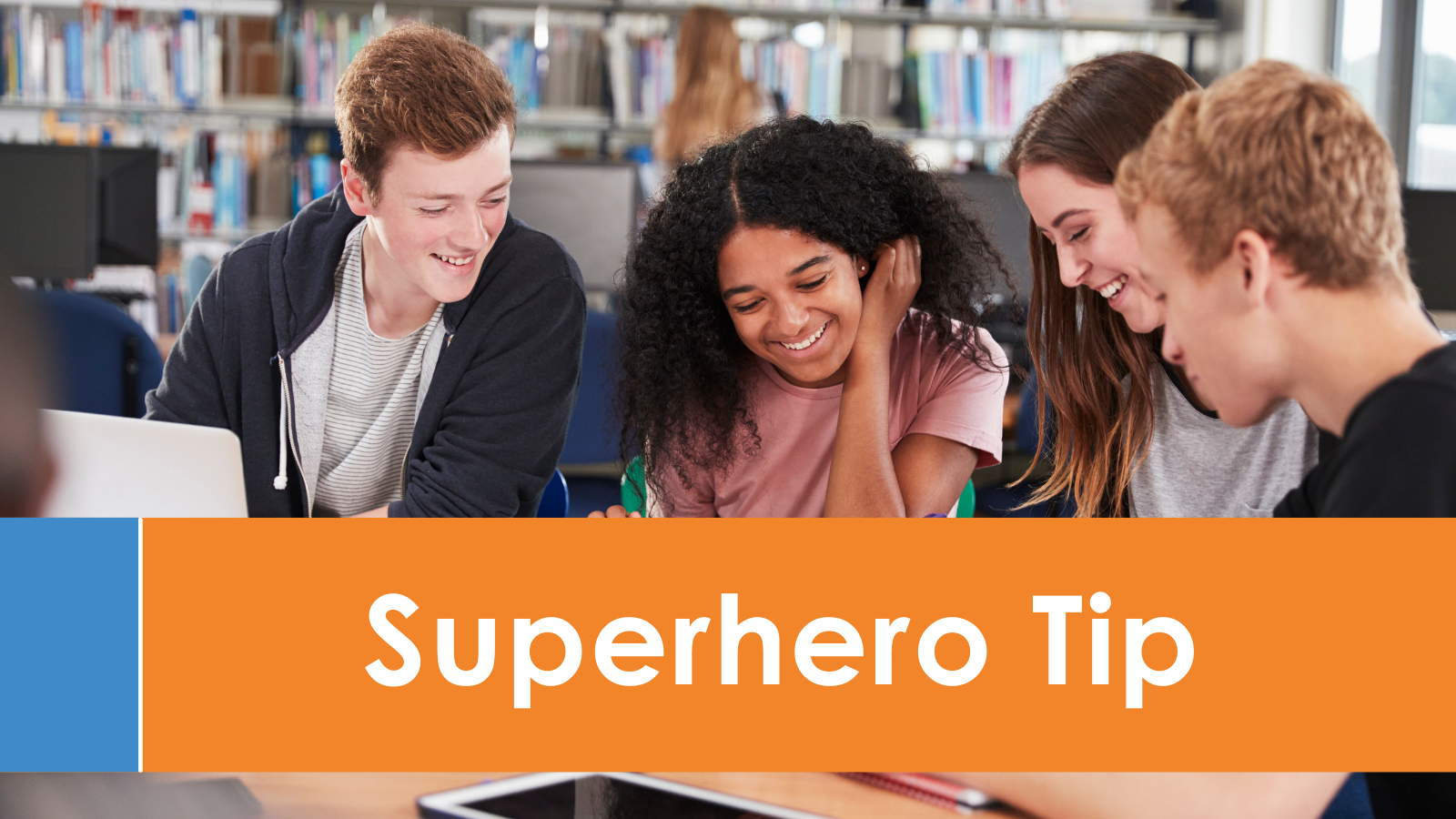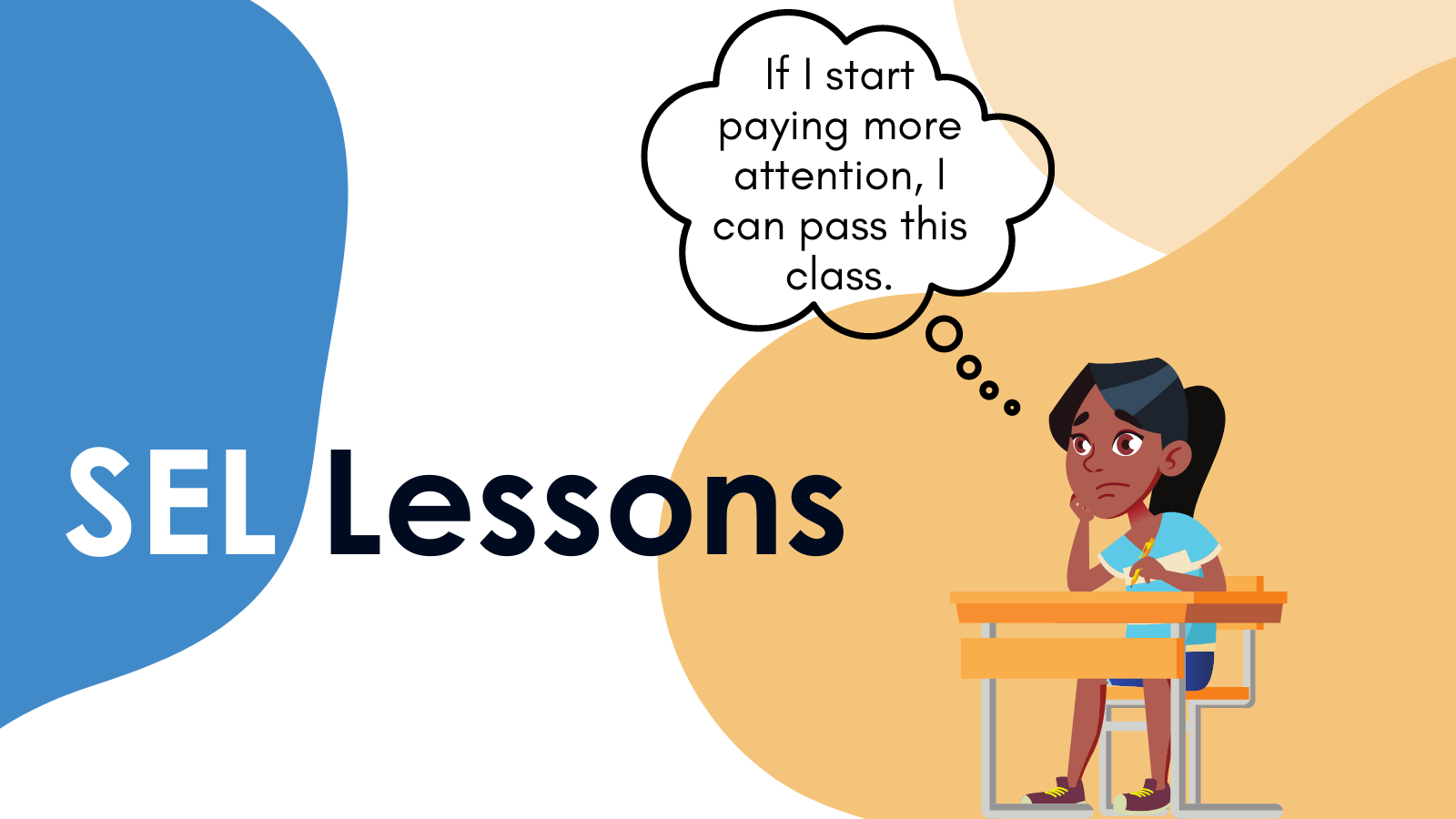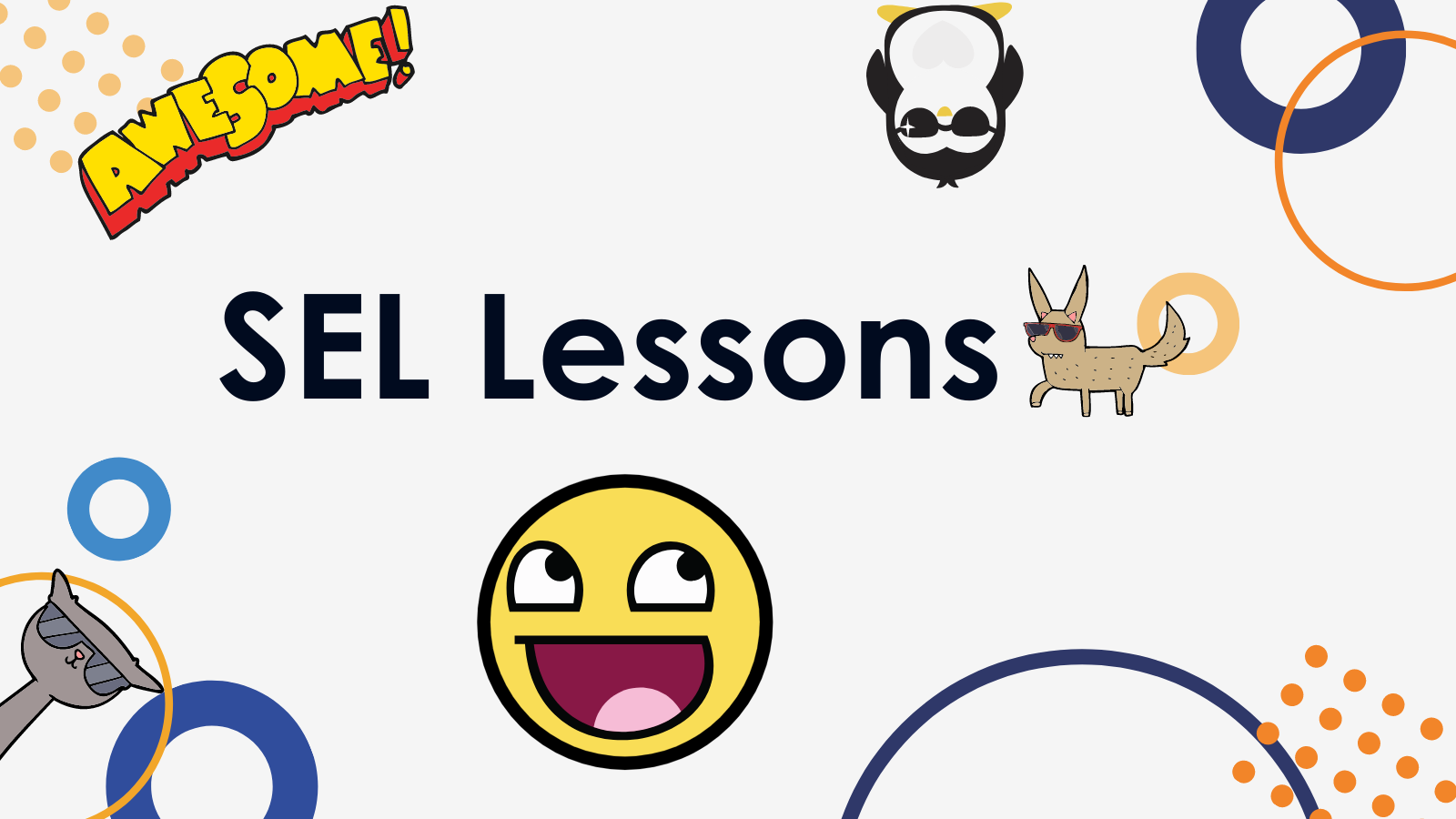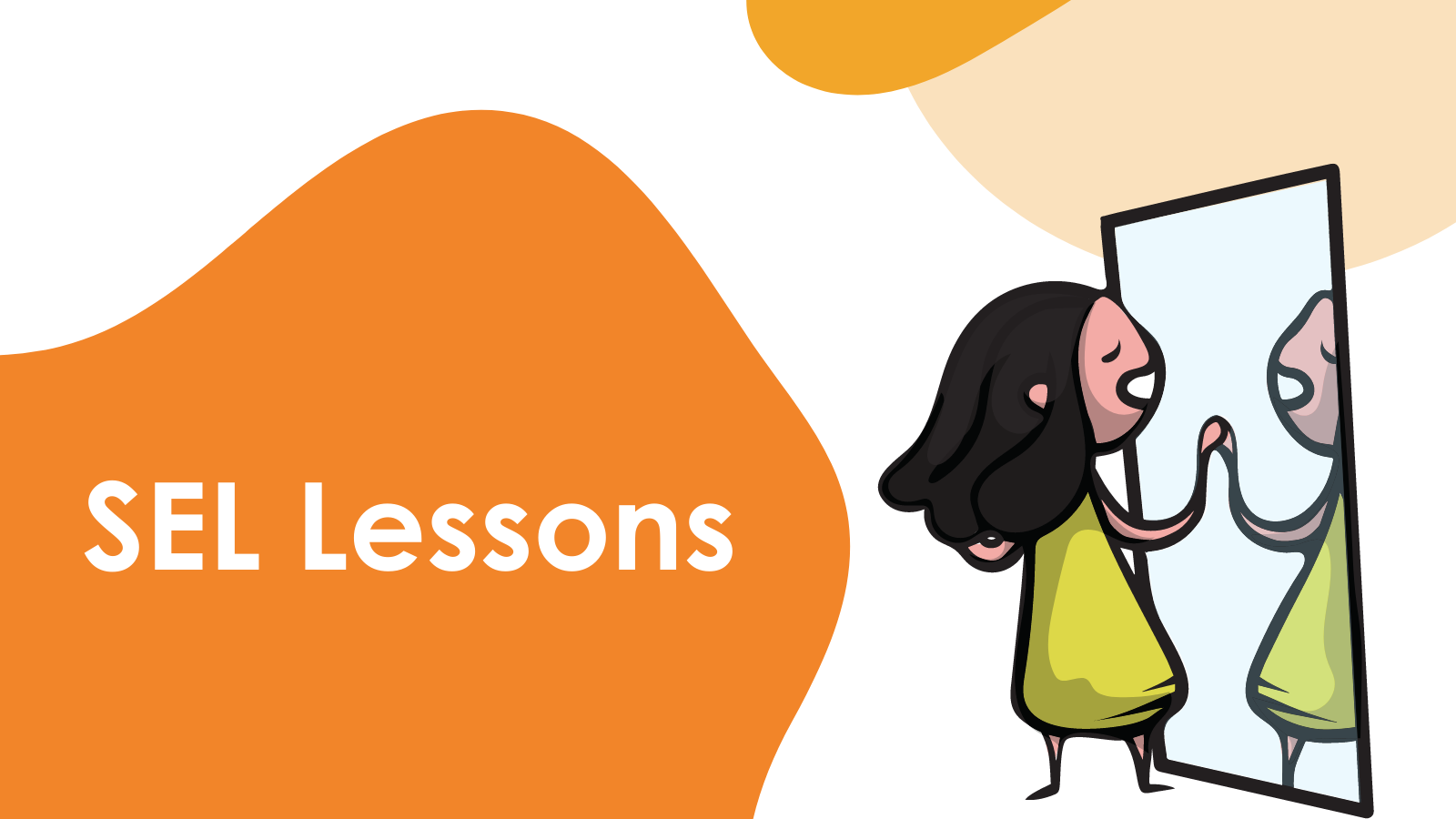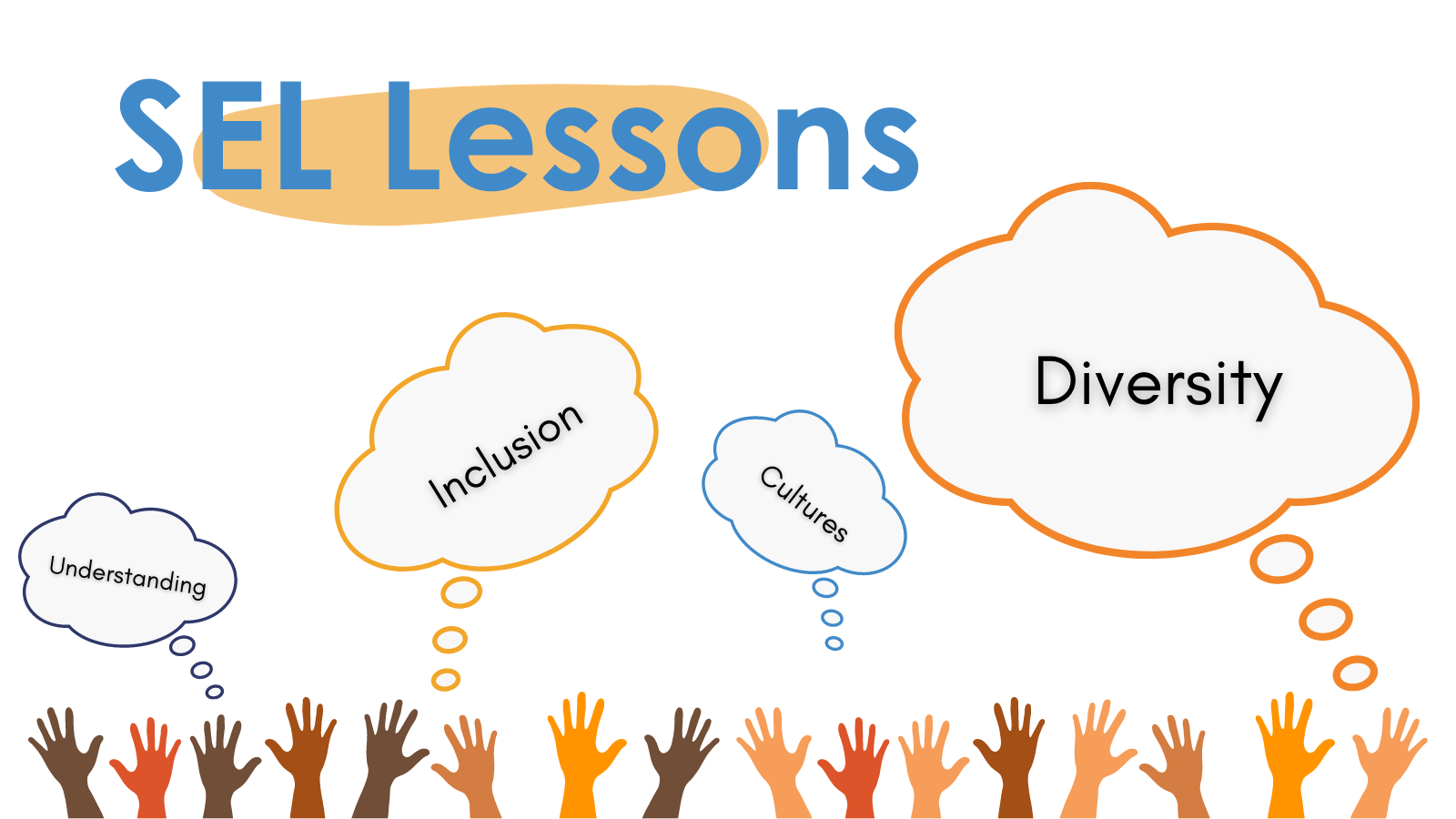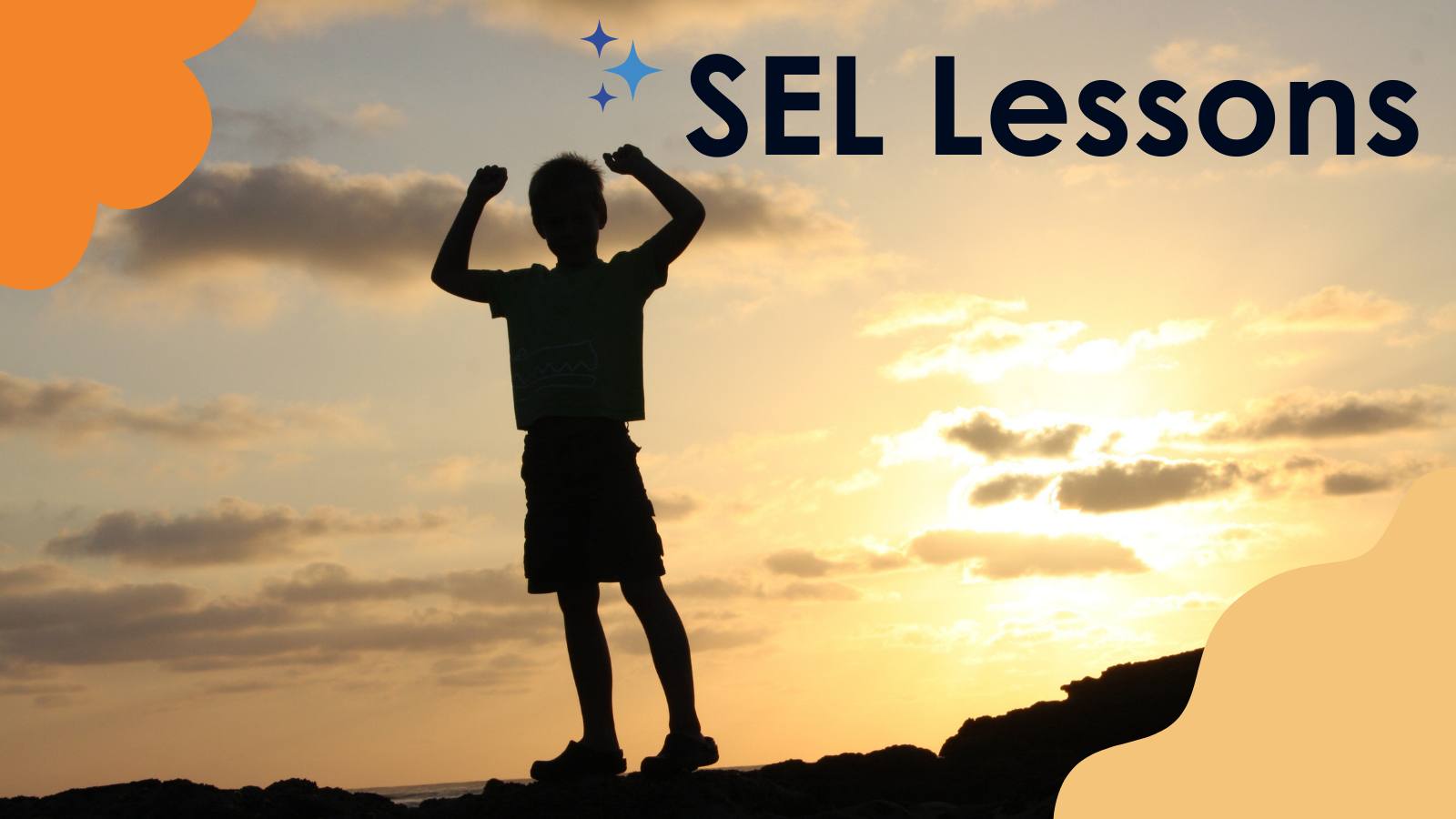Cognitive Collaboration and Student Collaboration
Tips from our C5 Intervention Program & C5 Summer Institute
This blog discusses the superhero tip that fits within our 3rd C5 Component, which is Cognitive Collaboration.

From big to small, problems are an inevitable part of life. When we equip students to feel empowered and allow them to work through and solve their own problems, we are helping to build their own social-emotional capacity!
Take a moment to think about how many challenging situations your students may encounter on any given day. From getting stuck with a difficult math problem, not eating enough breakfast, social conflicts with peers, or reacting to the demand and rigor of the classroom, there are endless examples and these encounters are inevitable and unavoidable.
But sometimes these most challenging situations are golden opportunities for learning and skill-building. We don’t want to rob them of this moment to learn. When encountering a student that is navigating through a problem, our response and timing (our "pause") can support students so that it becomes a productive struggle.
As educators, it is our goal for students to feel that we are “with” them, walking alongside them as they work through to solve their own problems. It is human nature for adults to feel inclined to help students and problem-solve “for” them because after all, we have more life experience. But when we play the role of the “fixer” and do the problem solving for them, it removes student voice and agency and minimizes the learning experience and opportunities to build problem-solving skills.


